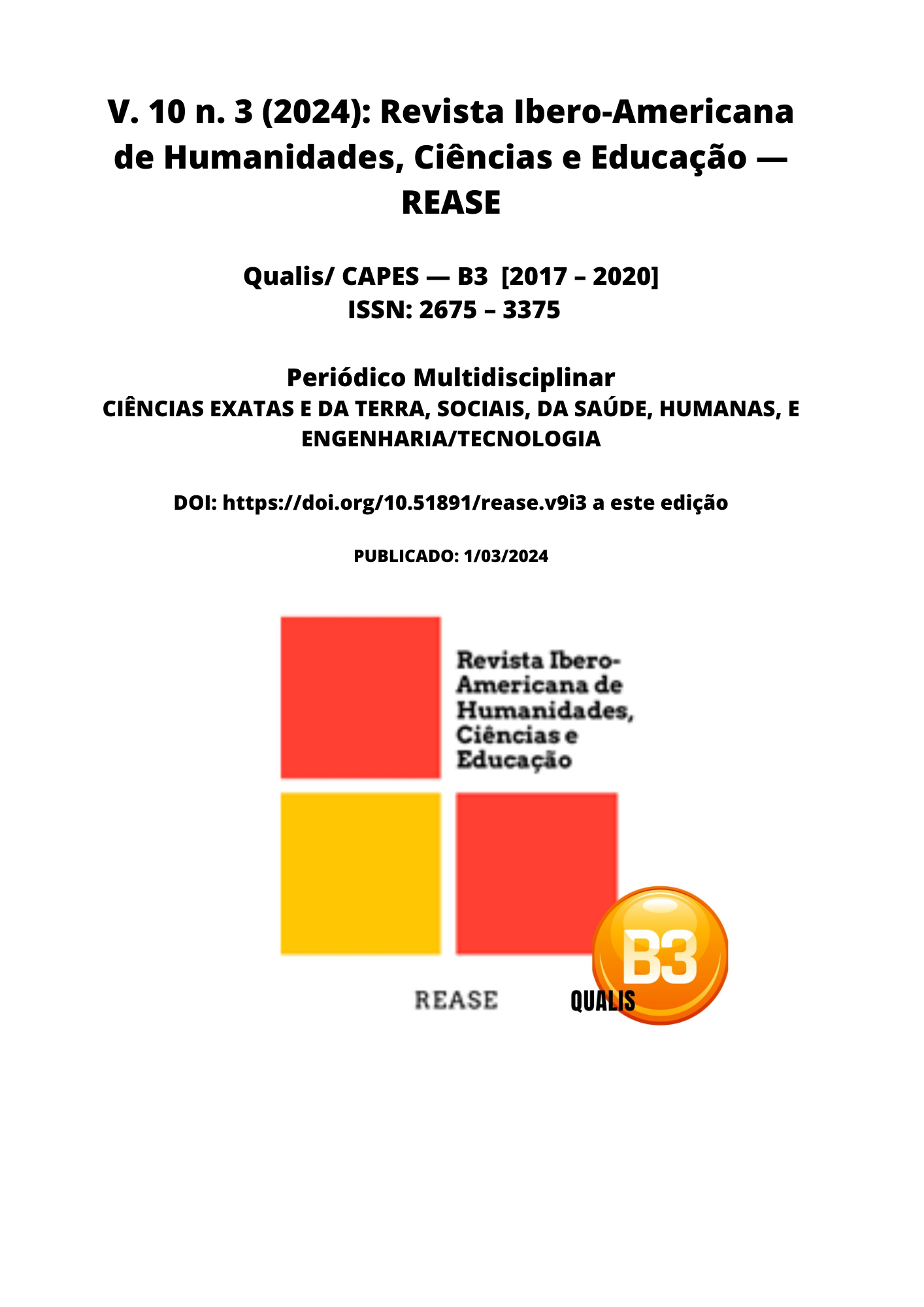HYBRID LEARNING TECHNOLOGIES: INTEGRATING DIGITAL TOOLS INTO TRADITIONAL CLASSROOMS
DOI:
https://doi.org/10.51891/rease.v10i3.13063Keywords:
Hybrid Teaching. Digital Technologies. Education. Technological Integration. Pedagogical Strategies.Abstract
This study addressed the challenge of integrating digital technologies into face-to-face teaching environments, aiming to promote an effective hybrid teaching model. The general objective was to explore strategies for the effective integration of digital technologies, facilitating more adaptive and inclusive teaching. The methodology adopted focused on the literature review, analyzing works that discussed the adoption of digital technologies in education, the challenges faced and the proposed solutions. The results highlighted the importance of adequate infrastructure, teacher training and overcoming cultural resistance for the success of technological integration. The critical analysis was based on case studies and successful practical applications, showing that integrated public policies, professional training and acceptance strategies are fundamental. Final considerations emphasized the complexity of integrating digital technologies in teaching, pointing to the need for pedagogical approaches aligned with technological tools and strategies that promote equity and accessibility.
Downloads
Downloads
Published
How to Cite
Issue
Section
Categories
License
Atribuição CC BY

